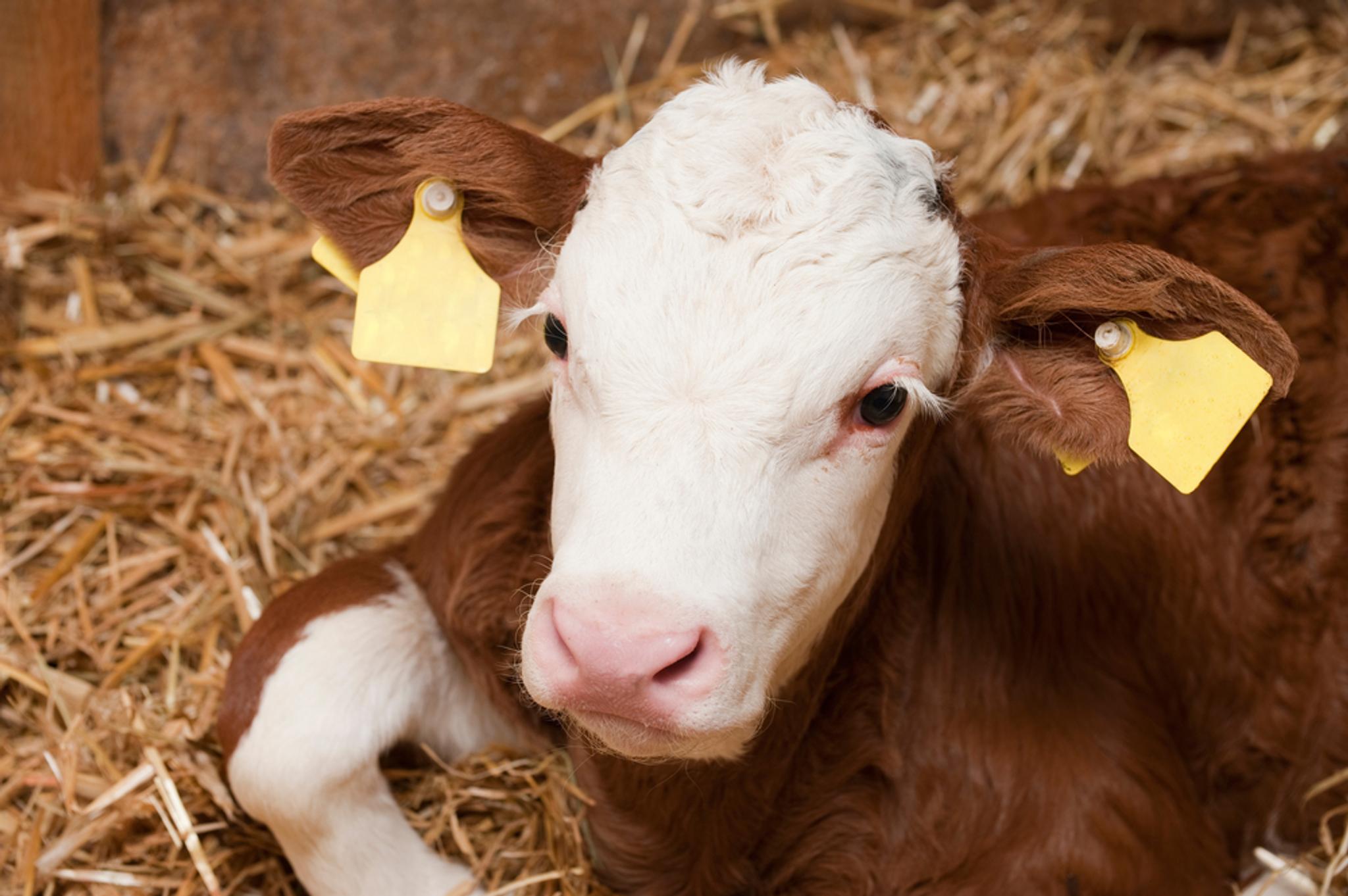What’s veal, and why does it matter for calf welfare?
By press team, RSPCA Assured

When I talk to people about veal, I often hear surprise – or even concern. Many think veal is a thing of the past or that it’s always linked to poor animal welfare.
As a farm animal welfare scientist at the RSPCA, I work with calves every day, so I know the reality in the UK is very different – and understanding how veal is produced matters if we want to ensure calves are treated well.
Veal is meat from young cattle, under eight months old.
Most of the calves reared for veal are male calves from dairy herds. This is because they can’t produce milk, unlike the females.
Veal versus beef: what’s the difference?
The main difference is age. Beef comes from older cattle, while veal comes from calves slaughtered before eight months old. That means when you see ‘veal’ in the UK, you’re looking at meat from very young animals.
Is veal banned in the UK?
No. Veal production is legal here, but there are important differences in how it’s produced elsewhere in the world.
There are two main types of veal:
- White veal – mostly imported from Europe. These calves are often fed diets low in iron and fibre, which makes the meat pale. Sadly, such diets can cause anaemia and digestive problems, and the RSPCA strongly opposes these systems
- Rosé (pink) veal – the most common type in the UK, accounting for around 95% of production. These calves are usually reared in straw-bedded barns with good ventilation, fed a healthy diet and often kept in groups where they can interact and behave naturally.
Is veal cruel?
It depends on how the calves are reared. In some countries, calves may still be housed in barren pens, with limited bedding and poor diets, which causes suffering.
That’s why many people assume veal is cruel.
But in the UK, most calves are raised in barns with natural light, plenty of straw to rest on, and good nutrition. Some farms also give calves access to pasture.
The RSPCA’s welfare standards go further. They require calves to have
- more space to move around in
- deep straw bedding to lie on
- a balanced diet rich in fibre and iron
- enrichment to encourage natural behaviours, like socialising and exploring.
While there are currently no veal calves covered by the RSPCA Assured scheme, we hope more farmers will adopt these higher welfare standards soon.
Do veal calves see daylight?
Yes. In the UK, calves are typically kept in open-sided barns. These let in natural daylight and fresh air.
By law, they must also have lighting that mimics typical day and night cycles, so the calves experience a proper routine and feel more comfortable.
What about veal crates?
Veal crates – tiny pens where calves couldn’t turn around or even groom themselves – were banned in the UK in 1992, and across the EU in 2006.
Thankfully, they’re now a thing of the past and calves in the UK can move, lie down and interact with others.
What happens to bull calves not used for veal?
The number of unwanted dairy bull calves has gone down thanks to innovations like ‘sexed semen’, which produces more female calves for milk.
Other male calves are raised for beef. Importantly, under the RSPCA’s standards, healthy male calves can’t be killed simply because they’re not needed for milk.
Can veal calves be raised humanely?
Yes – when calves are reared to higher welfare standards, they can have a good quality of life.
On farms following the RSPCA’s welfare standards, calves:
- Live in small groups
- Have deep straw bedding to lie on
- Be given a balanced diet with plenty of iron and fibre
- Have more space to move around in.
How you can help improve veal calf welfare
Right now, you can’t buy RSPCA Assured-labelled veal in supermarkets – but that could change with your support.
If you’d like to see higher welfare veal available, let your supermarket know through our simple ‘ask your supermarket’ page.
Every small action adds up to big change. By choosing higher-welfare products and asking for better standards, we can work together to ensure calves are treated with compassion.
Frequently asked questions
What's veal meat?
Veal comes from young cattle, usually under eight months old. In the UK, most veal comes from male calves in dairy herds.
What’s rosé veal?
Rosé (or pink) veal is the most common type of veal in the UK. Calves are fed a natural diet with enough iron and fibre to keep them healthy, and they’re reared in groups in straw-bedded barns. The meat is a pink colour and, importantly, means the calves avoid the serious welfare issues linked with white veal systems.
How can I make sure the veal I buy is higher welfare?
Right now, there’s no RSPCA Assured veal available in supermarkets. But you can still look for British rosé veal, which is higher welfare than imported white veal. If you’d like to see RSPCA Assured veal on shelves, let your supermarket know – consumer demand really does make a difference.
Monday, 18 Aug 2025